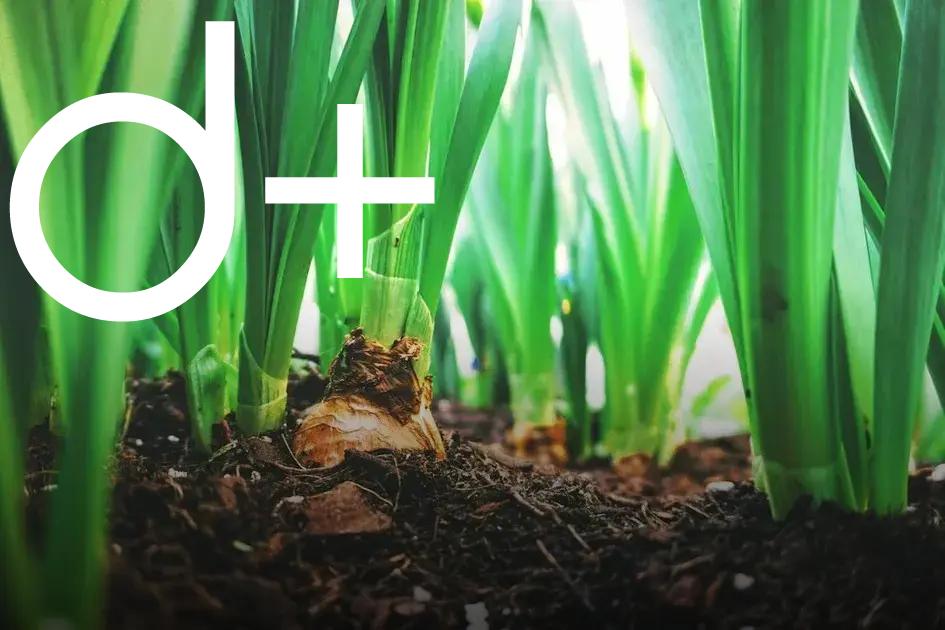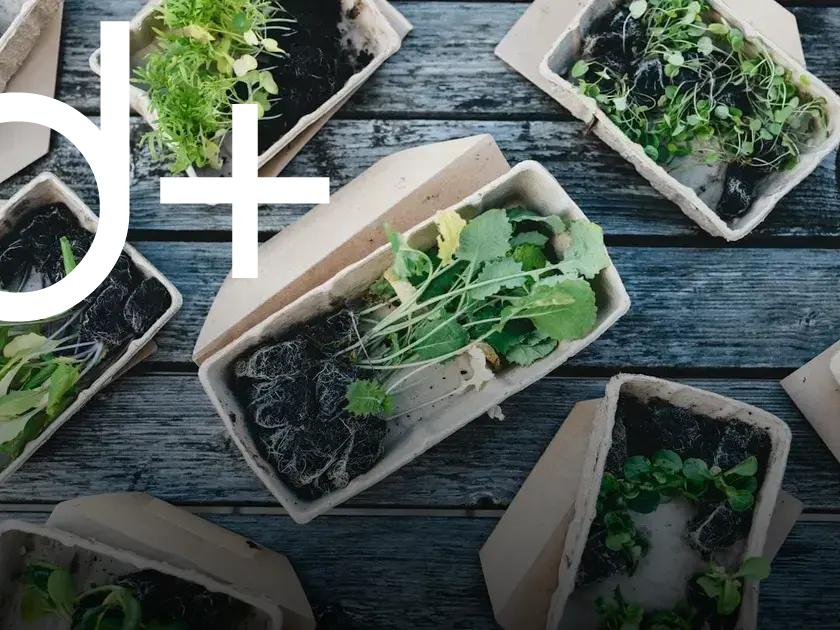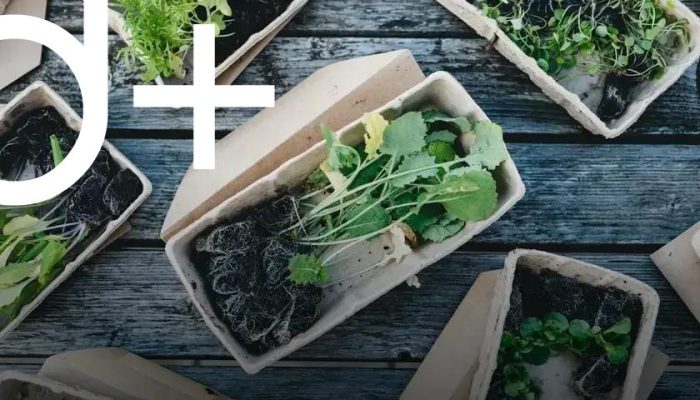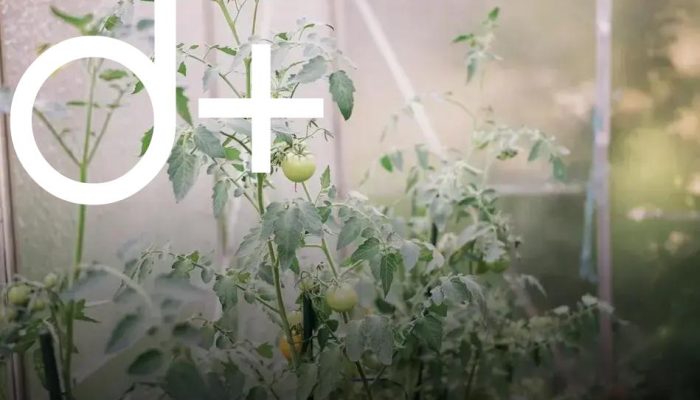Knowing how often to water your plants can significantly impact their health and growth. Each plant species has unique requirements, and several factors influence the frequency, such as climate, season, and soil type. Understanding these variables and recognizing signs of dehydration or overwatering will help you establish a proper watering routine. Let’s delve into these essential watering tips and ensure your plants thrive.
Understand Your Plant’s Needs
Every plant has its own set of needs, and understanding these is crucial for proper water management. Consider the type of plant you have, as different species require varying levels of moisture. Succulents, for example, store water in their leaves and therefore need less frequent watering.
Another factor to keep in mind is the environment in which your plant lives. Indoor plants often require different care compared to outdoor ones. Indoor plants might need less water if they are in a cooler, shaded spot, while outdoor plants in hot, sunny locations may need more.
Soil type is also a determining element. Plants in sandy soil may need watering more frequently than those in clay soil, which retains moisture longer. Additionally, the size of the pot and its drainage capabilities have a significant impact. Pots with good drainage ensure excess water isn’t retained, which helps prevent root rot.
Incorporating these considerations into your watering routine can significantly enhance plant health. By consistently adapting your approach based on these needs, you’ll provide optimal care for your green companions.
Factors Affecting Water Frequency

Several factors can affect how often you need to water your plants, making it crucial to understand each variable. One significant factor is the type of plant. Different species have different water needs. For instance, succulents and cacti require less frequent watering compared to tropical plants.
Another important consideration is the climate. In dry and hot weather, plants generally need more frequent watering, whereas in humid and cooler climates, their water needs decrease. Additionally, the season can greatly impact watering frequency – plants often require more water during their growing season and less during their dormant period.
The soil type also plays a role. Sandy soils tend to drain water quickly, necessitating more frequent watering. In contrast, clay soils retain moisture longer, meaning they require less frequent watering. This type of soil consideration adjusts with the drainage capacity of the pot or garden bed, which is important for avoiding water-logging.
Moreover, consider the size of the plant. Larger plants or those with extensive root systems often need more water. The type of container or pot also matters; porous containers like terracotta allow moisture to evaporate, while plastic pots retain water more effectively. Finally, the location of your plant, whether indoors or outdoors, exposed to wind or under shade, can all influence its water needs.
Signs Your Plant Needs Water
Recognizing when your plant requires hydration is essential for maintaining its health. Plants exhibit certain key signs that they are in need of water, and understanding these cues can prevent damage and promote growth.
Wilting Leaves
One of the most apparent signs is wilting. When plants are deprived of water, their leaves can droop or look wilted. This happens because there isn’t enough water pressure within the plant cells to keep them firm. Observe your plants regularly, especially during hotter days when water evaporates quickly.
Dry Soil
Checking the soil is a quick way to determine if your plant needs watering. Insert your finger about an inch into the soil. If it feels dry, it’s likely time to water. Experienced gardeners understand the importance of soil moisture, as overly dry soil can lead to root damage.
Crispy Leaf Tips
Another indication is the presence of crispy leaf tips. This sign often indicates that the plant is not getting adequate water. While some plants are more resilient, many display these dry edges as a cry for more moisture.
Yellowing Leaves
Interestingly, yellowing leaves can also be a sign of drought stress. While this might seem contradictory, plants turn yellow due to cell collapse under dehydration. Such symptoms warrant immediate attention to watering habits.
Slowed Growth
If your plant’s growth has noticeably slowed, this might be a subtle sign it’s thirsty. Regular monitoring helps gardeners notice stalled growth, often indicating a need for adjustment in their watering schedule.
Being attentive to these signs not only helps in addressing immediate needs but also in refining your watering routine for the future.
Best Practices for Watering

When it comes to watering your plants, there are certain best practices to ensure their optimal growth and health. First, always check the soil moisture. Stick your finger into the soil; if the top inch feels dry, it’s time to water. It’s important to water deeply, ensuring water reaches the root zone. By doing this, you encourage roots to grow deeper into the soil, making plants more drought-resistant.
Additionally, watering in the early morning is beneficial because it reduces evaporation, allowing more water to reach the roots and minimizing the risk of fungal diseases that thrive in wet foliage. In some cases, using a soaker hose or drip irrigation can distribute water more evenly and efficiently than traditional methods.
Avoid Overwatering
Overwatering can be as detrimental as underwatering. Ensure pots have drainage holes to prevent water logging. Remember that different plants have different needs—some may require infrequent watering, while others need consistently moist soil. Research specific requirements for each plant species you own.
Common Watering Mistakes to Avoid
-
Overwatering
Overwatering can lead to root rot, which is a common mistake gardeners make. Always check the soil moisture level using your finger or a moisture meter before giving more water. Ensure pots have drainage holes.
-
Inconsistent Watering Schedule
A consistent watering schedule is vital for healthy plant growth. Avoid switching between overwatering and underwatering by sticking to a regular routine based on your plant type and environmental conditions.
- Ignoring Soil Drainage Poor drainage in your potting soil can cause problems. Make sure soil allows excess water to drain away; mix in sand or perlite if your soil is too compact.
- Wrong Water Temperature Using water that is too hot or too cold can shock your plants. Use room temperature water to prevent stress.
- Watering During the Hottest Part of the Day Watering when the sun is intense can lead to evaporation before plants can absorb it. Water early in the morning or late in the afternoon for better absorption.
-
Misjudging Plant Needs
Not all plants have the same water requirements. Research specific needs of your plant species and adjust your watering habits accordingly.







![BANNER 1 - HOME [QUADRADO]](https://dailyfindinvestment.com/wp-content/uploads/2025/01/BANNER-300-X-300.gif)
